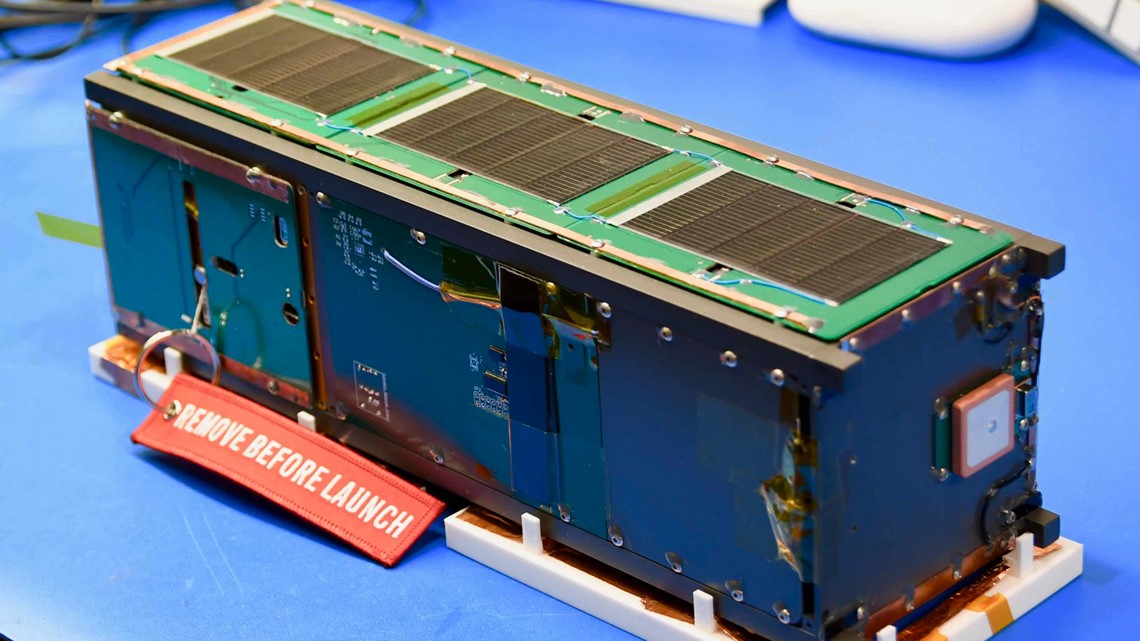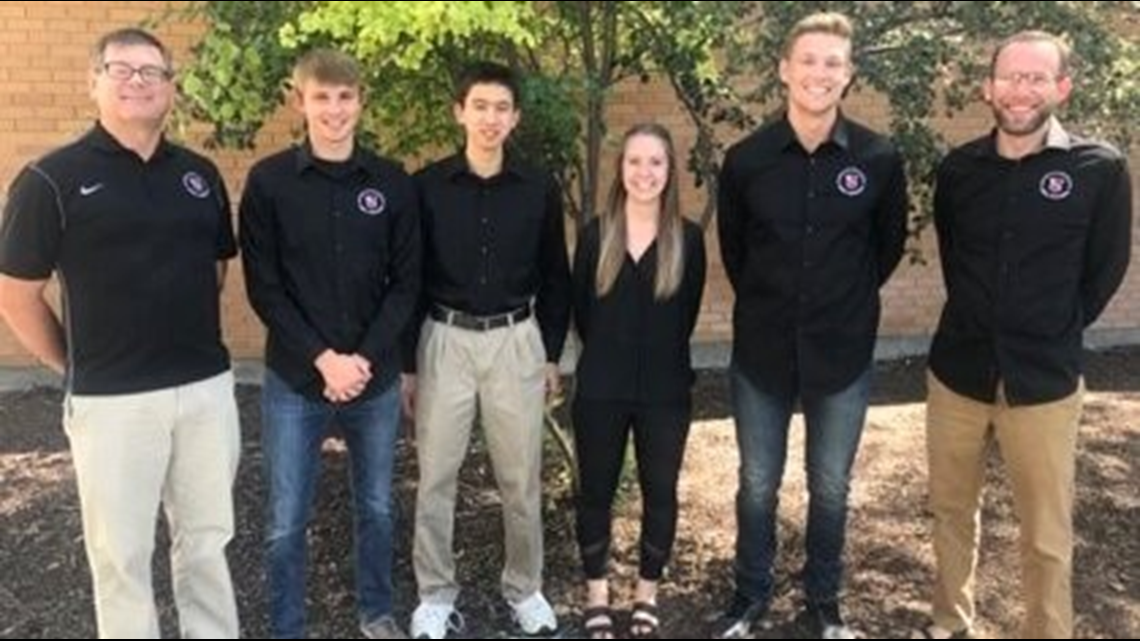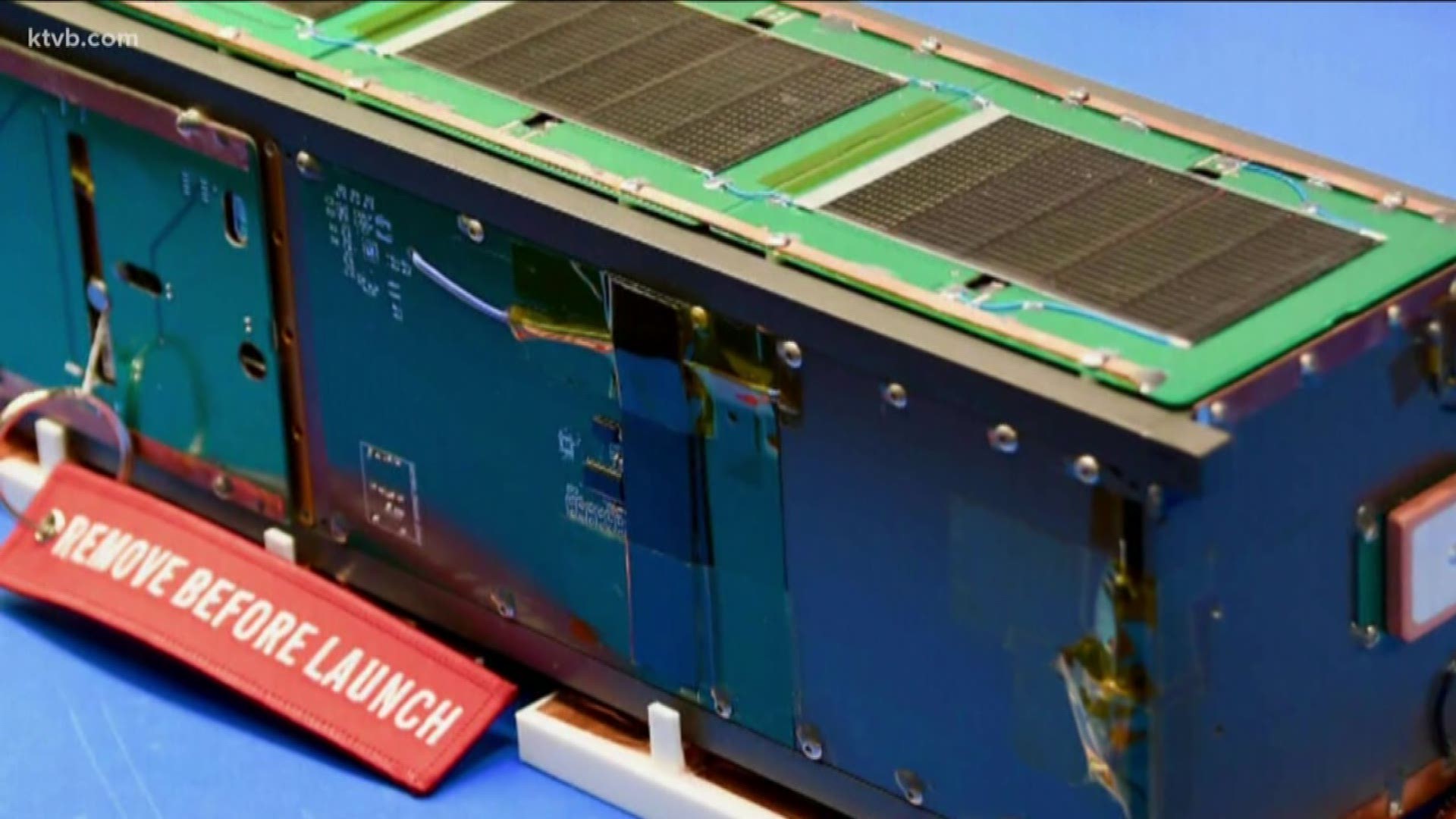NAMPA, Idaho — In July 1969, America made history by successfully landing on the moon.
Neil Armstrong and other astronauts aboard Apollo 11 will forever be remembered for that mission.
Since mission 50 years ago, space technology and science have continued to evolve.
The Kennedy Space Center in Florida will be hosting a 50th anniversary celebration this weekend to commemorate Apollo 11's landing.
A group of students and professors from Northwest Nazarene University in Nampa will also have the chance to be a part of that anniversary.
NNU has built a satellite to help collect data from space.
“We’ve been doing space projects with NASA for over a decade now,” said Steve Park, one of the engineering professors involved with the project.
The latest project NNU has been working on is called a radio frequency tag satellite, or RFT-SAT for short.
“The purpose of the satellite is to test something called a radio frequency tag," said Josh Griffin, another engineering professor on the project. "It’s basically an electronic device that doesn’t have any batteries or power source but has sensors attached to it.”
The RFT-SAT is 34 centimeters long and weighs about 10 pounds.


Radio frequency tag technology can be found on Earth in things like toll booth tag readers, bar codes on library books, even boxes are often tagged with it. But according to Griffin, the technology is pretty new for space.
"It's a handy way to do low power communication and read sensors in a space environment,” he said. “This is a technology demonstration so the main goal is just to show that the technology can work and hopefully introduce this technology to the space community.”
RFT can sense things like plasma, magnetic fields or in the case of NNU's satellite, temperatures in space.
NNU's satellite will be launched on the Space X rocket to the International Space Station. From there, it will be sent out on a spacecraft called Cygnus, where it will be sent into orbit for three years collecting data to send back to Earth.
Griffin, Park and the four students who worked on the final stage of the project will get to see the satellite launch on the rocket from the Kennedy Space Center as part of the 50th anniversary celebrations. The launch will happen Sunday, July 21 at 5:35 p.m.
NNU's satellite is one of only two satellites being sent into space on this launch - the other is from Egypt.


Projects like this are great hands-on experience for the students.
“It’s providing educational opportunities for the students and it’s allowing them to get a jump start on their career,” he said.
It's also a good way to keep the next generation interested in space exploration.
“It’s really exciting to see our work used and to make a difference and see it on NASA TV,” Park said.
“These are not opportunities that come along every day,” Griffin added. “It’s been a really neat experience for me personally. And just going to see the launch is just icing on the cake.”
According to Park, NNU has been working on building this satellite for about two and a half years. A total of 12 students have worked on it in that time.
NNU has sent one other satellite into space. MakerSAT0 launched in 2017 and is expected to be in orbit for a decade. Park said they have already been able to gather a lot of data from it. The university is already working on a third satellite, set to launch in December.

